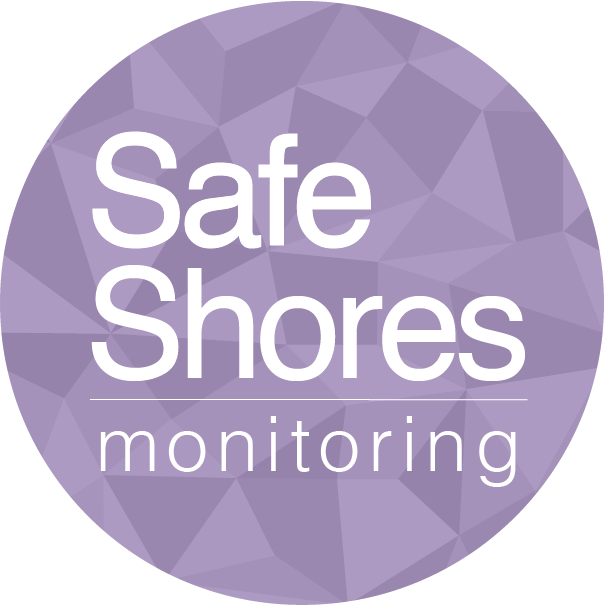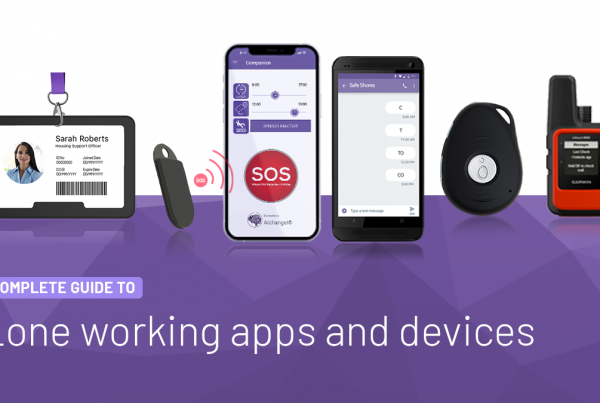Organisations across the public, private and third sector rely on the expertise and passion of lone working volunteers. Whether that’s being involved in the board of trustees, working with a local charity or volunteering in your local community, volunteers are essential to driving forward action, impact and change.
In 2018/19, around 19.8 million people in the UK volunteered through a group, club or organisation. As a body that recruits and works with volunteers, you have a duty of care to take all reasonable steps to ensure the safety of volunteers and members of the public involved with your organisation, including volunteers who work alone. In 2020, the number of serious accidents reported to the Charity Commission grew almost by 50%, highlighting a need for stronger health and safety requirements to be adopted for charity workers and volunteers.

Can a volunteer be a lone worker?
You may be wondering, can a volunteer be a lone worker? The answer is yes! A lone worker can be defined as a member or staff or volunteer who works away from other volunteers or paid workers without direct support or supervision. Examples of volunteer lone workers can include roles such as:
- A befriender
- A fundraiser
- A community worker
- An events assistant
- A driver
- Any volunteer activity that involves working alone
Risks to volunteer lone workers
Physical and verbal abuse
Due to the nature of a lot of volunteer work, volunteers may find themselves at increased risk. As a volunteer, you are more likely to work directly with the public which increases the potential for violent, threatening and abusive behaviour, no matter what role you are in.
Instances of threatening behaviour can be common in fundraising roles, or whilst working with at risk individuals. Volunteers may often work with members of the community who are overcoming trauma or addiction, so it’s important for those responsible for volunteer safety to consider ways to mitigate risks of harm to ensure health and safety.
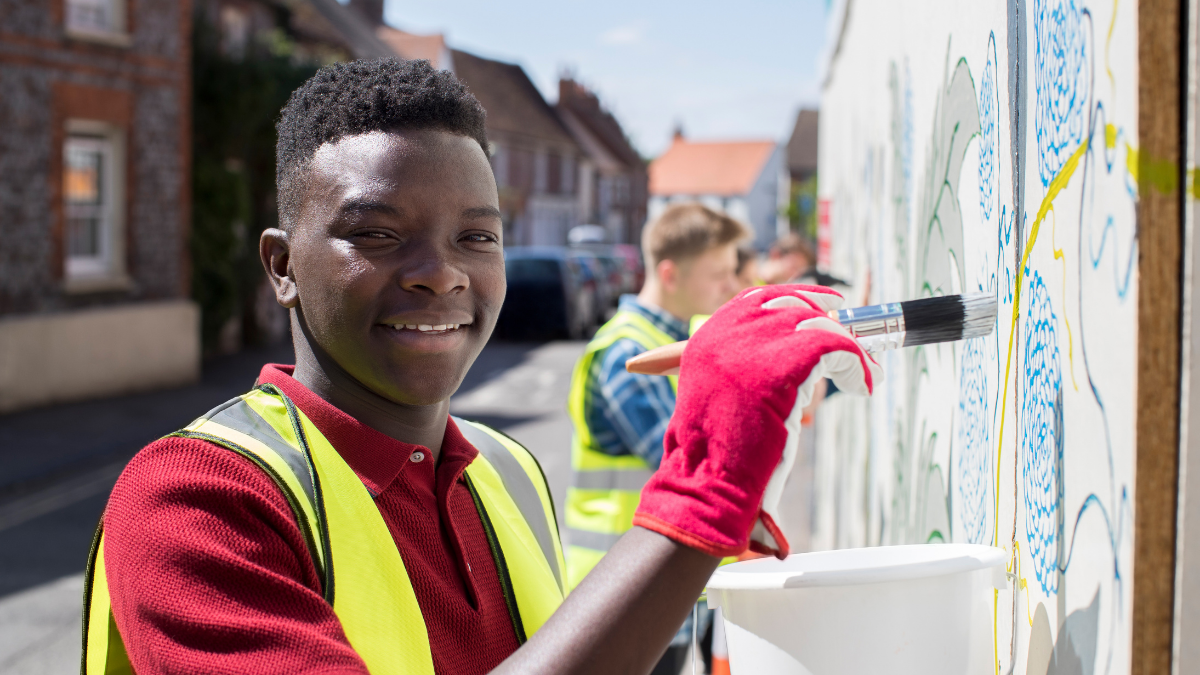
Working in unfamiliar locations and homes
As a volunteer, it’s common to work across different locations in one day. For example, you could be working in a place known for anti-social behaviour, or you could enter the homes of donors and service users, often without peer support or supervision.
When entering someone else’s home, there’s a risk of unpredictable behaviour which could expose you to violence, putting you at risk of physical injury or physiological illness.
In unfamiliar locations, the danger of slips, trips and falls are also heightened. Slips, trips and falls are the most common cause of major injuries at work and can happen almost anywhere. Slips, trips and falls are responsible for over a third of all reported major injuries, with over 95% of slips resulting in broken bones.
Sudden accident or illness
Just like any role, the risk of sudden accident or illness can be high. In the voluntary sector, 65-75 year old’s are the most common age group to volunteer with 29% volunteering once per month and 42% volunteering once per year. These volunteers, along with other age groups, could be at risk of sudden illness which includes:
- Heart attacks
- Diabetic coma
- Food poisoning
- Epileptic seizure
- Burns
- Fainting
- Bleeding
- Shock
- Choking
- Fractures
- Stroke
When inducting a new volunteer, it’s important to discuss their personal circumstances and abilities to ensure they are fit and healthy to perform as a volunteer. This includes discussing:
- Physical abilities and general health
- Next of kin and emergency contact details
- Covid-19 concerns and support
- Job concerns
- PPE requirements
However, sudden illness may still occur despite this assessment, which means those responsible for volunteers must put extra measures in place to protect volunteers when working alone, such as a lone worker safety device.

Fatigue
As a volunteer, you strive to achieve the best outcome possible for the charity or organisation you are volunteering for, sometimes working long hours without realising. This can contribute to tiredness, fatigue or physical exhaustion depending on your role, which stops your ability to perform work safely and effectively.
Fatigue can be caused by factors such as:
- Mentally and physically demanding work
- Long periods of time awake (i.e. long hours of work, extended by long commuting times)
- Inadequate amount or quality of sleep
- Regular volunteering or work at night
- Poor work scheduling and planning
To support volunteers to perform safely and effectively, allow for adequate rest breaks and allow volunteers enough time to recover after a day of voluntary work (e.g. enough time to travel home, eat, sleep and socialise outside of work).
A further way to support volunteers is by ensuring there is planning in place to cover gaps in work loads with planning for necessary overtime in order for volunteers and charity workers to schedule their activities around it. Adopting a lone worker solution that has a Clock On/Off function can also engage volunteers to follow their necessary work schedules.
How to protect lone working volunteers
Third sector, voluntary and other organisations who require the service of volunteers have a duty of care to safeguard them from foreseeable risks and harm. This can be achieved in a number of ways.
Risk Assessment for Volunteers
The first step to protect lone working volunteers is to conduct an adequate risk assessment to identify any potential risks and hazards and put appropriate controls in place to reduce the risk of injury or illness.
If your risk assessment shows that volunteers are exposed to significant risks, those responsible for volunteering must decide if the work must be modified or suspended until the risk is adequately mitigated or controlled.
Need help conducting a risk assessment? Download our Risk Assessment Toolkit:
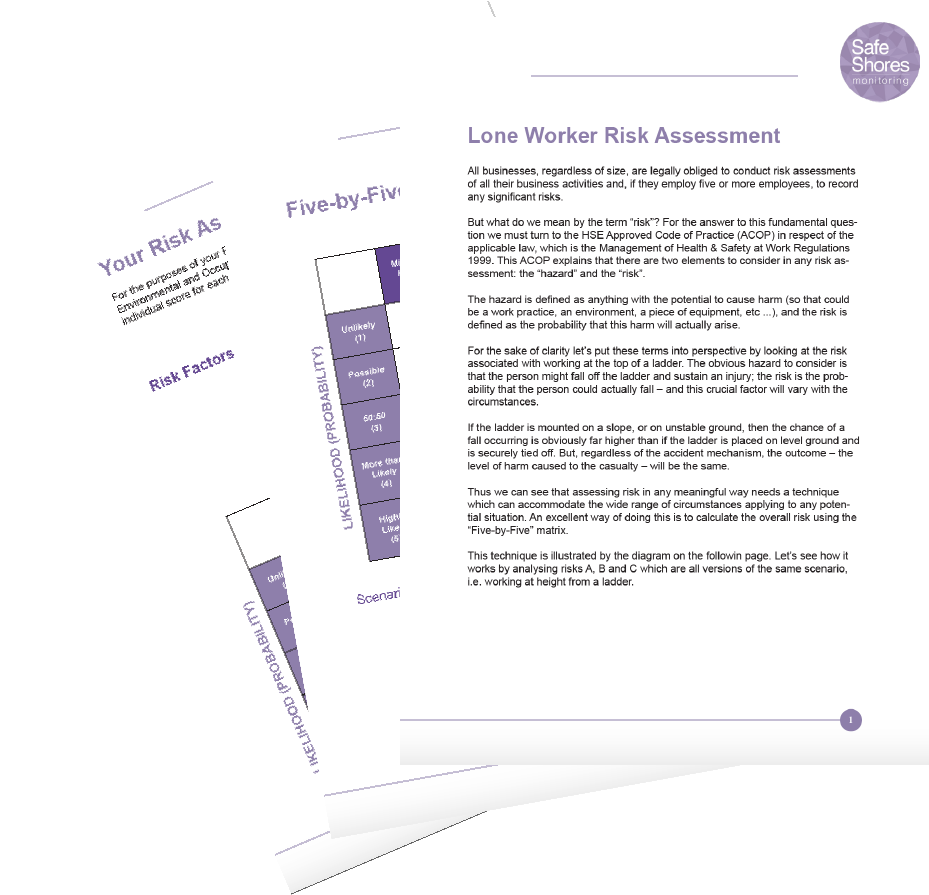
Lone Working Policy for Volunteers
Another way to solidify the health and safety of volunteers is by introducing a lone working policy for volunteers, in addition to existing health and safety policies you may have.
A lone working policy should outline the aims of your policy, a definition of lone working, potential risks of lone working and the specific responsibilities of lone working volunteers as well as the responsibilities of the organisation to uphold health and safety.
Lone Worker Safety Devices for Volunteers
A final way to safeguard volunteers against identified risks is by introducing a lone worker safety device. A lone worker safety device can be a mobile app or a handheld device which has the necessary features to help volunteers stay safe.
At Safe Shores Monitoring, we provide lone worker safety devices for volunteers with advanced features to help safeguard them in the event of emergencies. Our lone worker app Companion and personal safety alarm, Chaperone, include features such as:
- An SOS button for emergency calls to their team or our 24 hour alarm receiving centre
- Built-in fall detection, for slips, trips and falls
- Inactivity detection, to help identify volunteers or workers who are inactive due to sudden illness or injury
- A timed activity guard to ensure volunteers are safeguarded whilst visiting service users homes
- Accurate location monitoring to help locate volunteer lone workers in the event of an emergency
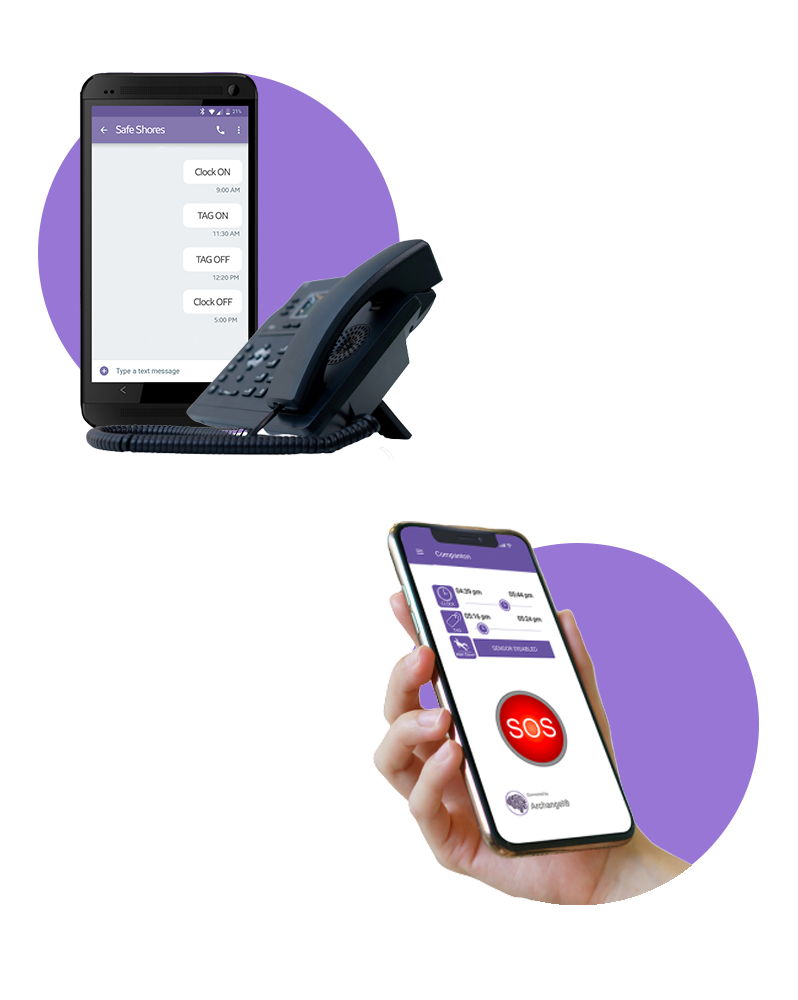
Disclaimer: the information provided in this article is for general guidance only and is not legal advice. This article is not a substitute for Health and Safety consultancy. For legal advice, you should seek independent advice .
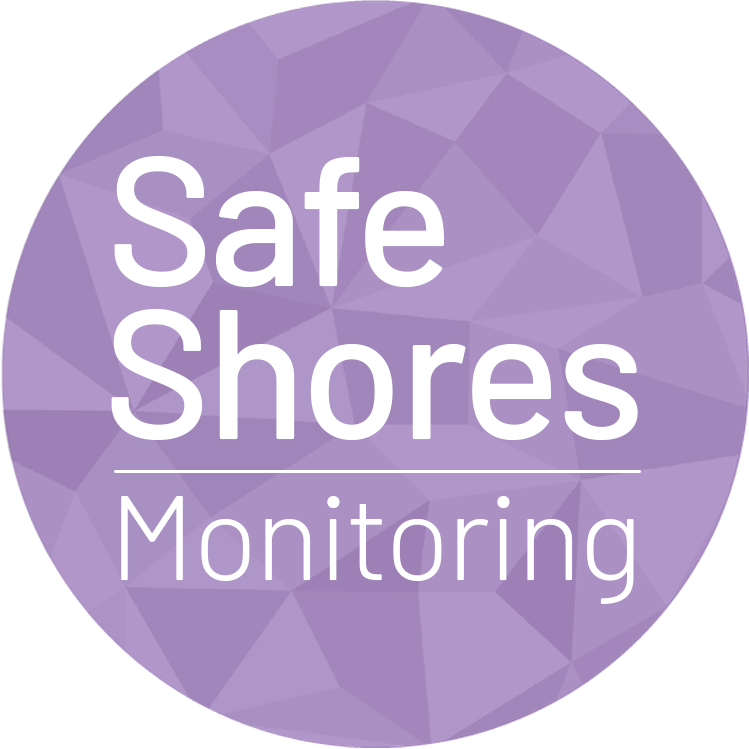
To find out more about Safe Shores Monitoring and out mission to Protect, Assure and Respond to all lone workers and their requirements, please click here.
To find out more about our range of lone worker safety systems, lone worker devices and lone worker apps, please click here.
